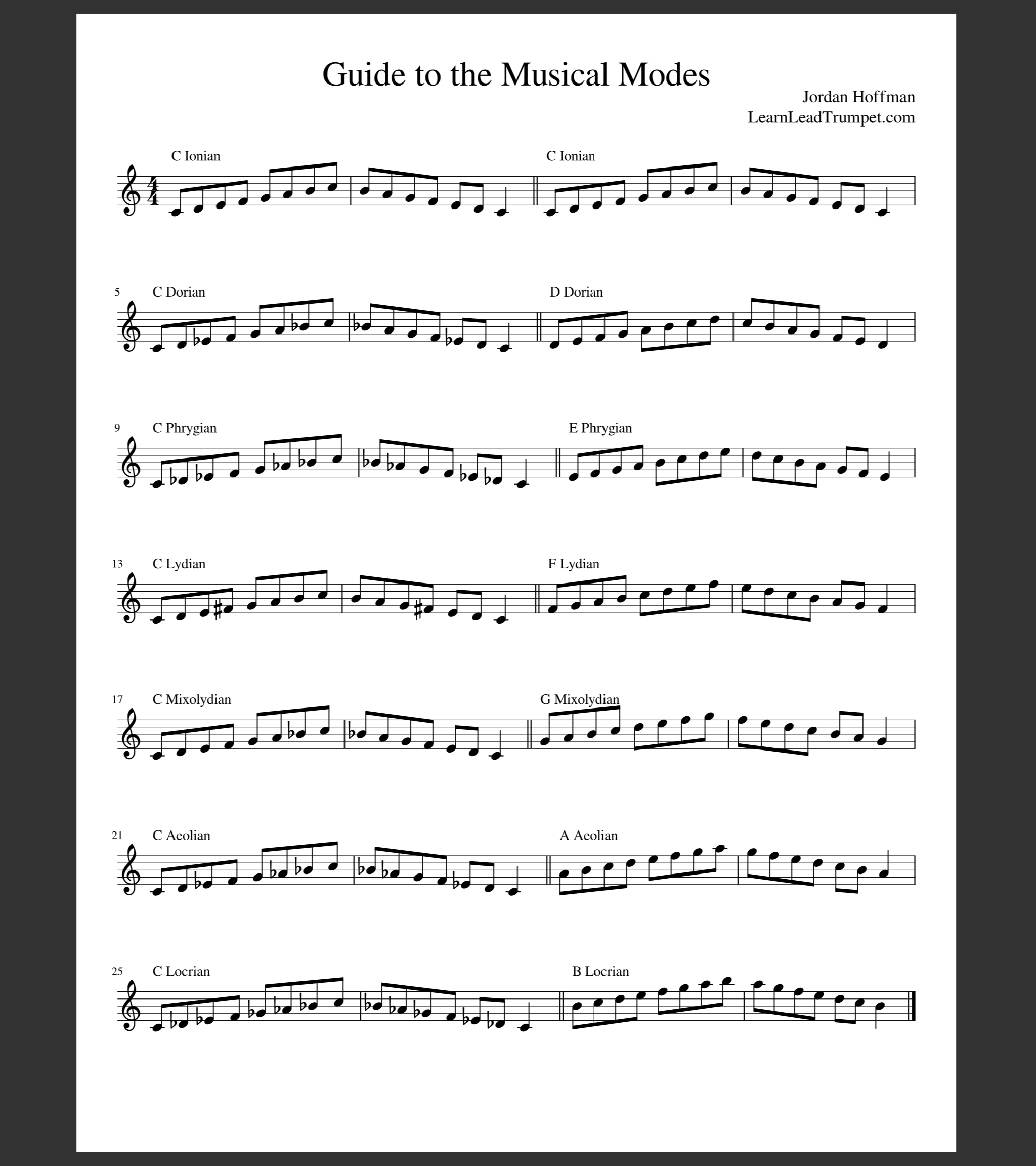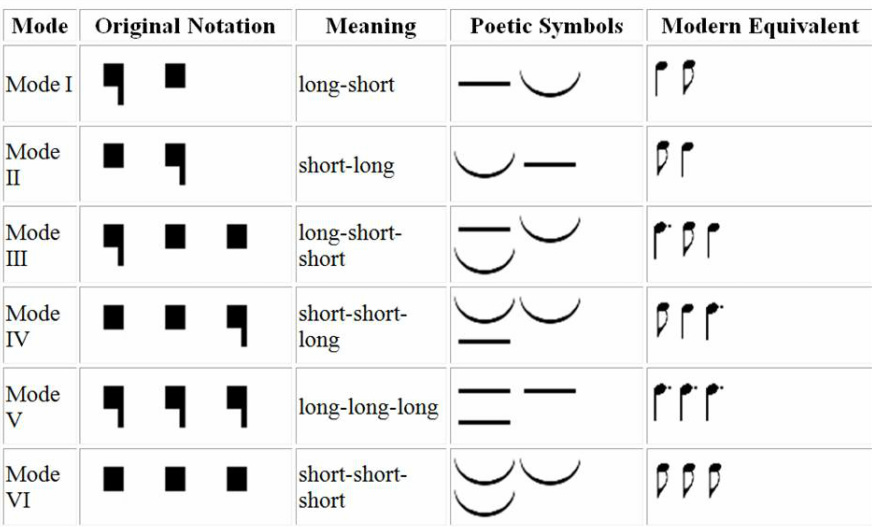

I like to do this with all the other modes as well.įor example, memorize that C Phrygian is an A Flat Scale that starts on a C note. Rather than trying to remember that D Dorian follows a particular pattern of whole steps and half steps, I try and refer to D Dorian as a C Major Scale that starts on D. The way that I try and understand musical modes is by comparing each of them to a another major scale that I already know. Each key has seven different modes that contain the notes that key.įor example, the key of D has seven different modes that all contain the notes D, E, F#, G, A, B, and C#. They all, however, start and end on a note other than the root note D.īecause each of these modes have the same notes as another key, the scales are known as being parallel. There are multiple musical modes for each key, these are not the only modes. Here is a chart containing all of the musical modes, their notes, and an audio file so you can hear the unique sound that each of them has.Įach of the images above show only the white notes that are in the key of C. Since there are seven different notes in each major scale, then there must be seven different modes in music. We learned above that if we want to crete an alternate mode, we need to start on a different note and play the same scale. Whole Step – Half Step – Whole Step – Whole Step – Whole Step – Half Step – Whole StepĪs you can see, the intervals between the notes are different from in the C major scale. Compare the pattern of the C Major Scale and the D Dorian Mode. The notes are not what makes them sound different, it’s the intervals between each note that makes it unique.Īn interval is the distance between notes. If you listen to these two scales, you’ll notice that even thought they have the same notes, they sound very different. It consists of the same notes as the C Major Scale, you simple start and end on a D note rather than a C.

This is the first inversion of the C major scale called the D Dorian mode. So instead of starting on the C, start on D making it the Root. To create a different music mode, you play the exact same notes, just starting on another note rather than the root. You start on the root note and play either up or down the scale. When you play a major scale, you always start on the root note. Whole Step – Whole Step – Half Step – Whole Step – Whole Step – Whole Step – Half Step The C Major Scale is made up of the notes C, D, E, F, G, A ,B, C Let’s use an example of the C Major Scale to show you what I mean…. It is a displacement, or copy, of the major scale with a change in the root note. If you know what an inversion is, think of modes as an inversion of the major scale. Modes are just variations of the major scale. I bet you’ve heard of the Major Scale right? This can be a very helpful tool to have in your musical arsenal. Knowing the theory behind what sounds good in a solo, and knowing what you can and cannot play.

It’s good to know why and how the notes that you are playing are sounding the way that they do. Especially in improvisation, when notes are flying around everywhere.
Mudic modes how to#
The basic understanding of musical modes is pretty simple, its knowing where and how to apply them to a piece of music that can get a little tricky. They can add a ton of variation to a song very easily. Modes gives the musician a structure in which they can follow when soloing, and during improvisation. The primary use for modes is soling and improvisation in styles such as Jazz and rock. Musical Modes are a powerful tool that all musicians need to to know in order to enhance their playing.


 0 kommentar(er)
0 kommentar(er)
